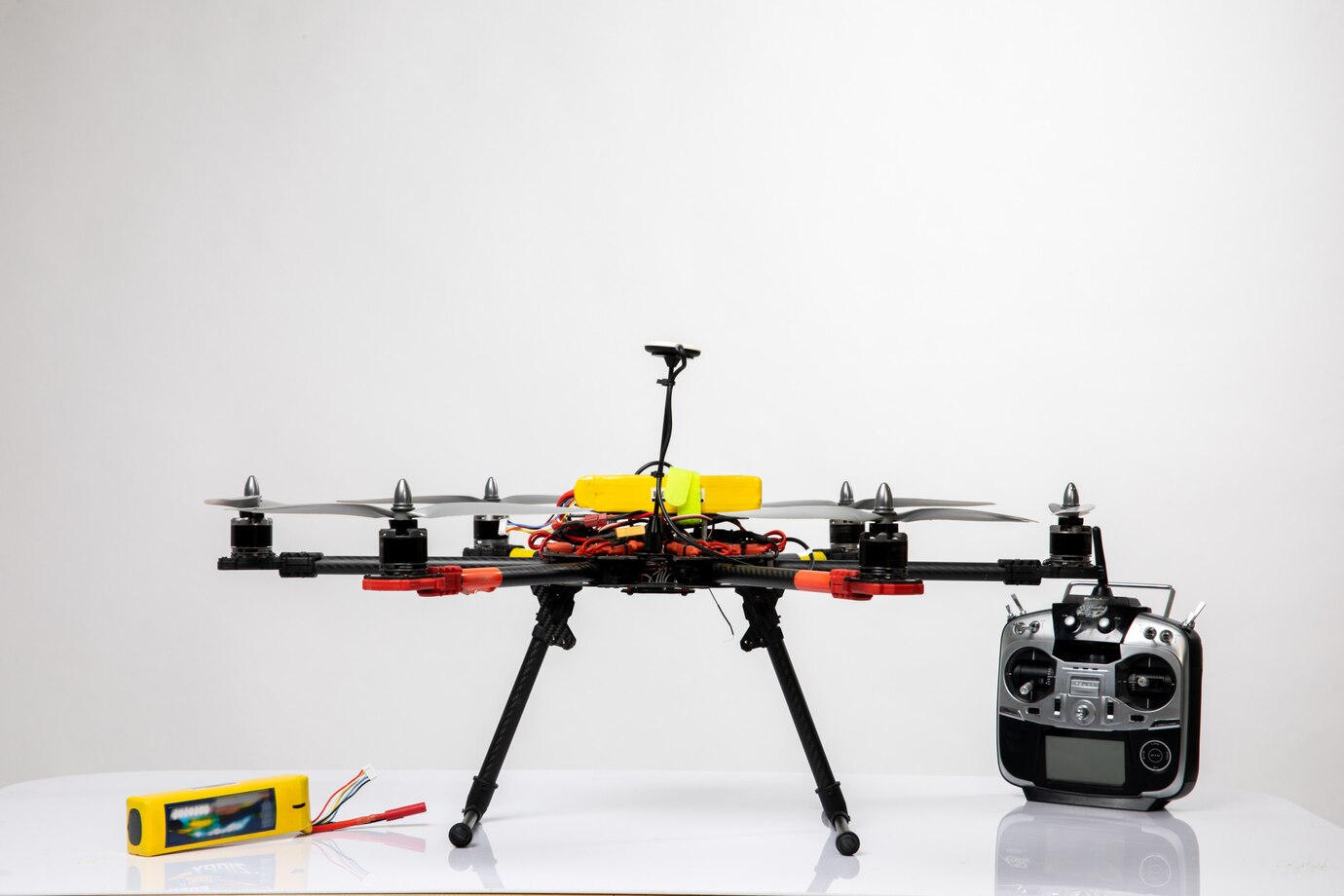Setting Up a Drone R&D Lab: Essentials for Innovation
Establishing a Drone Research and Development (R&D) lab is essential for driving innovation and technological advancements in the drone industry. Here's a detailed guide on the key elements to consider when setting up your own lab.
1. State-of-the-Art Equipment
Investing in advanced drones, flight controllers, and testing environments is essential to ensure accurate and efficient R&D. You'll need a variety of drones, from basic models to complex prototypes, to test different configurations. Additionally, high-performance flight controllers, communication systems, and computational resources like high-end PCs are necessary to run simulations, manage data, and control drones during tests.
2. Specialized Software Tools
To design and test drones effectively, specialized software is a must. CAD tools like AutoCAD or SolidWorks will allow your team to create precise designs for drone components, while flight simulation software such as Gazebo and AirSim offers a virtual environment for testing without the risk of real-world damage. Data analysis tools like MATLAB or Python libraries will help process and interpret flight data, allowing for performance optimizations and troubleshooting.
3. Testing Facilities
Having dedicated testing areas is critical for evaluating drone performance in different environments. Indoor flight spaces are ideal for testing small drones in controlled conditions, where variables like wind or weather don't interfere. Outdoor areas allow for long-range and real-world testing, including endurance, payload capacity, and other functional assessments. Weather simulation systems are also beneficial for testing drones under various environmental conditions, ensuring reliability in all scenarios.
4. Skilled Workforce
A skilled team of experts is fundamental for successful R&D. Aeronautical engineers are needed to design and optimize drone systems, while software developers focus on creating flight control systems and integrating AI for autonomous functionality. Electrical engineers handle power systems and circuit designs, while data scientists interpret the massive amounts of data collected during testing to derive actionable insights. Test pilots with experience are also essential to provide valuable feedback and fine-tune the drones' real-world performance.
5. Collaborations and Partnerships
Forming collaborations with universities, research institutions, or even other companies can significantly enhance the research and innovation process. These partnerships provide access to new research, specialized technologies, and a broader talent pool. Collaborative efforts can also help secure funding through research grants or joint ventures, accelerating the development of new drone technologies and reducing the cost burden.
6. Safety and Compliance
Safety is paramount in any R&D environment, especially when working with drones, which involve high-speed propellers and complex electronics. Establishing comprehensive safety protocols, such as protective gear, emergency procedures, and routine equipment checks, is essential. Additionally, adhering to local and international drone regulations ensures that the testing processes comply with airspace laws and safety standards, preventing legal issues and promoting safe operation.
7. Sustainability Practices
As sustainability becomes more important, your R&D lab should focus on reducing its environmental impact. This can include developing energy-efficient drones that optimize battery life or exploring alternative energy sources like solar power. Using recyclable materials in drone construction can reduce waste, and implementing green manufacturing processes ensures that your lab’s operations are as eco-friendly as possible.
8. Intellectual Property Protection
Documenting every step of the research, design, and testing processes is crucial for protecting intellectual property. Clear documentation ensures that all innovations are trackable and patentable. By securing patents for successful technologies, you protect your lab’s unique developments and create opportunities for commercialization. Additionally, proper IP management prevents the unauthorized use of your creations and provides a competitive edge in the market.
.png)






Leave a Comment
Your email address will not be published. Required fields are marked *